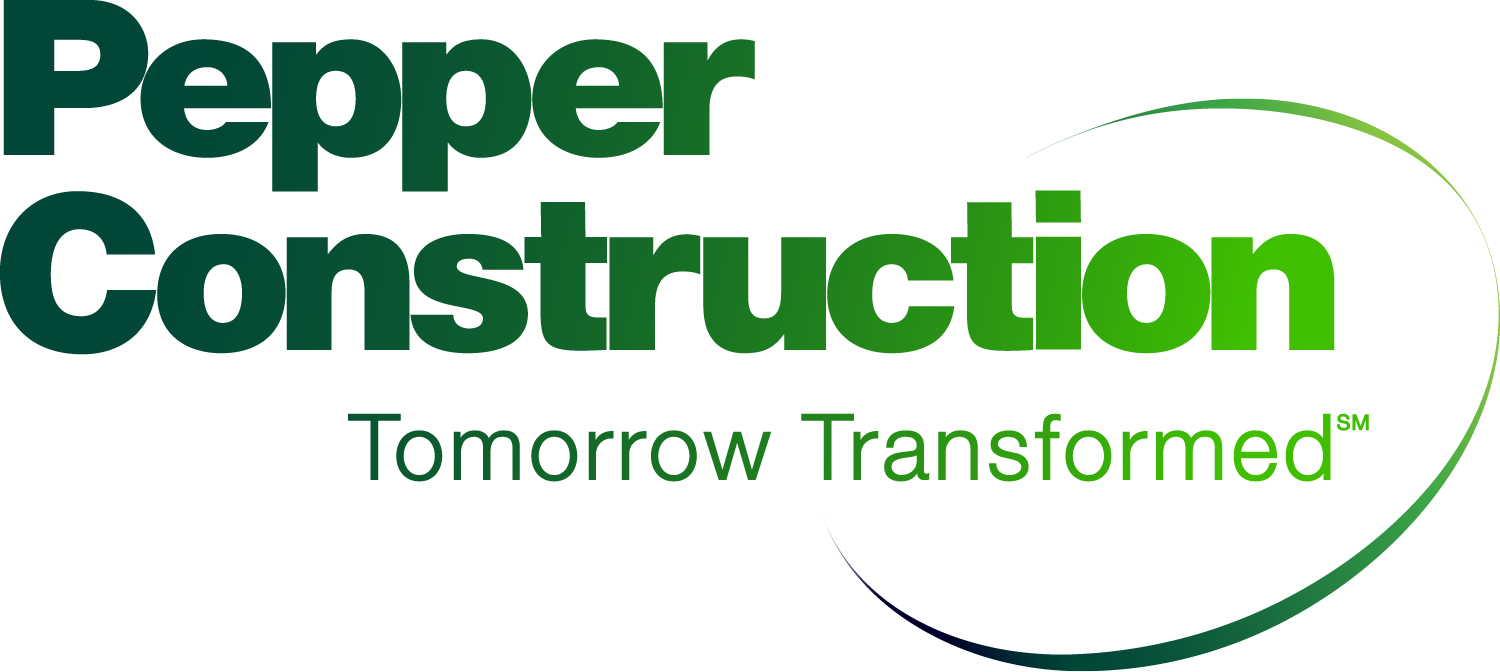High performance & sustainability
The Planet vs. Plastics global theme for Earth Day this year calls to mind the urgency in safeguarding the health of our planet from materials that permeate and persist. Pepper’s high performance and sustainability program is focused on helping clients make informed decisions that best serve their business and the environment, and we’re turning a spotlight on next-level impact: healthy materials.
Material Matters
Growing awareness of environmental outcomes has sparked strong emphasis in the industry on sustainable practices, renewable energy solutions, energy-efficient designs, and recycling and waste reduction initiatives. Over the past decade, the healthy materials movement has expanded availability of low-carbon materials, increased Health Product Declarations and elevated resources such as the International Living Future Institute’s Red List that documents known hazards to human health and ecosystems prevalent in building products.
“Building performance impacts human performance,” says Susan Heinking, Senior Vice President, High Performance and Sustainable Construction. “We see every component, from the foundation to the roofing, as an opportunity to deliver healthy spaces for tenants and communities, which is why Pepper finds ways to not only build smarter and cleaner, but also promote the use of healthy materials.”
The Pepper Healthy Materials library is one avenue helping to drive responsible material decisions. Organized around the Construction Specifications Institute’s 50 divisions, the library is a single-source database system offering a curated collection of more than 2,100 products and growing. Whether our High Performance team is looking for certified products, products with third-party-verified low VOC emissions, Environmental Product Declarations, or a history of what worked well, they can trust the up-to-date materials information they find in the library to inform collaborations with designers, architects and trade partners that consider human and environmental health.
Decision-making tools like the library empower our best decisions today for a healthier tomorrow. While building materials have come a long way in terms of safety, the next few years are likely to unfurl pivotal changes in the materials landscape. The rise of Per- and Polyflouroalkyl Substances (PFAS) in national and global media is rousing emphasis on creating a built environment that is not only net-zero, but free of hazardous products. Strategies for navigating this next stage of materials evolution start with understanding the market needs and shifts.
Movement in The Material World
Green product standards have been around for over 40 years. Many developed in response to growing concerns about product toxicity and its impact on children’s health and indoor environmental quality. The material world has since gone from conversations focused primarily on interior materials to practices encompassing exterior products with documented health information and certifications. The marketplace is clear: the demand for healthy materials is here to stay. PFAS, a diverse group of synthetic chemicals, now hold a top spot on the agenda for businesses, consumers and government.
First introduced in consumer products in the 1940s, PFAS chemicals have been used to make coatings and products that can resist heat, oil, stains, and grease in water. There are thousands of PFAS chemicals applied in a variety of products from food packaging to fire- and waterproofing to non-stick coatings.
Why should we be concerned? PFAS can leach into the environment, into dust and air and through soil to contaminate water and food sources. Because of their remarkable ability to linger, they are often called “forever chemicals.”. Current scientific studies have found a link between exposure to PFAS and a wide range of health issues including hormone suppression, liver damage, increased risk of some cancers, reduced vaccine response, decreased fertility, thyroid disease, and developmental delays in children.
The market is responding. Retail, grocery and fast-food chains from Amazon to Albertson’s to McDonald’s have committed to eliminating or reducing PFAS in food packaging, textiles and other products. Multinational corporations including Google are incorporating healthy materials programs in their building project process. The Environmental Protection Agency is ramping up efforts to regulate PFAS and has developed a PFAS Roadmap to guide actions that will help safeguard communities. States are also enacting laws regarding PFAS.
Leading the Way to a Toxic-Free Future
The construction industry is a uniquely positioned to shift the materials market further away from toxic products. As climate action, concerns about resource depletion and PFAS intensify, the number and type of standards and certifications is increasing, along with regulations. Keeping clients informed as the landscape evolves is a natural extension of Pepper’s mission to continuously improve people’s quality of life through the built world.
We’ve been proactively creating spaces that are good for people and our planet for years, folding drawdown analysis into our Environmental, Social and Governance goals for every client and every project, and intentionally educating clients upfront through offerings like life- cycle cost analysis and healthy materials and resiliency planning. We also walk the talk, incorporating Zero Energy sustainable design to LEED and WELL standards in our new Cincinnati office.
“Aiming for a toxic-free future isn’t just the next move in sustainability, it’s the right move,” says Susan. “There are actions we can take to avoid PFAS and our Healthy Materials Library offers a good place to start. As leaders, we’ll continue using our expertise to keep clients at the forefront of opportunities that make a difference now and for generations to come.”
Stay tuned for future posts on the latest information in PFAS emerging trends, regulations, and best practices.
About the Author


